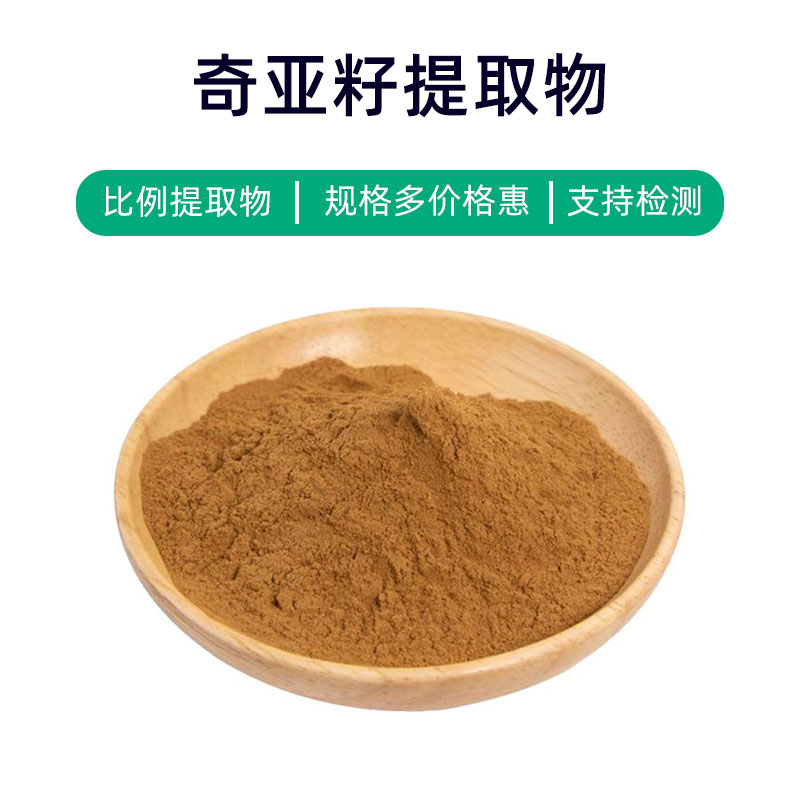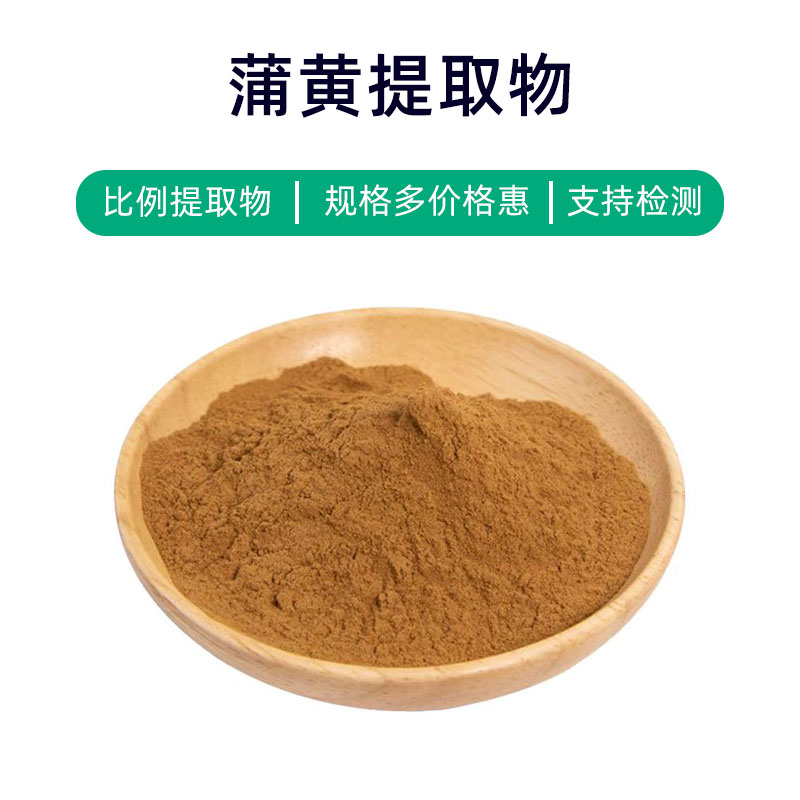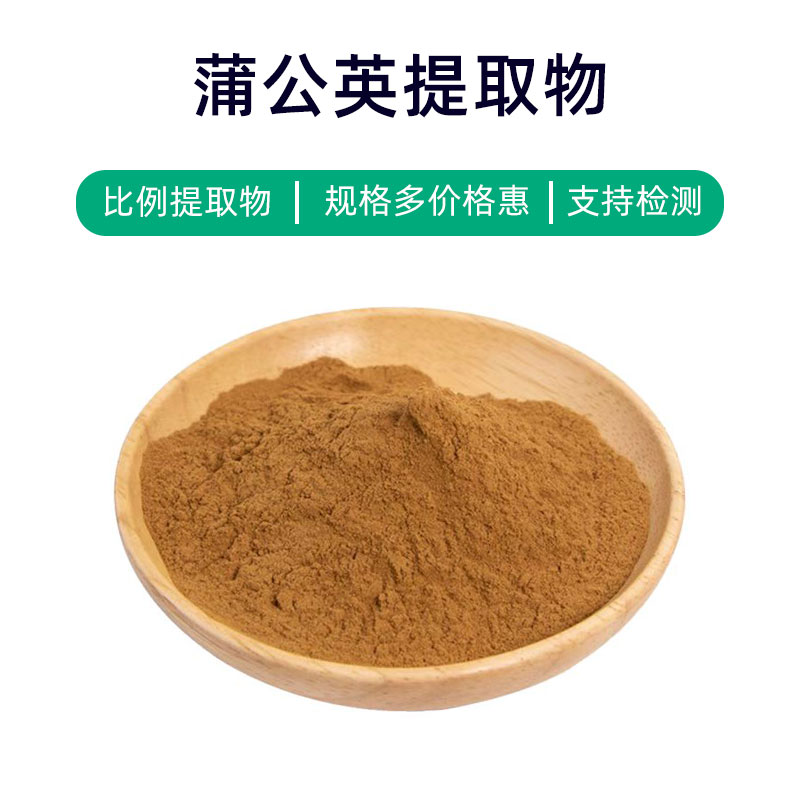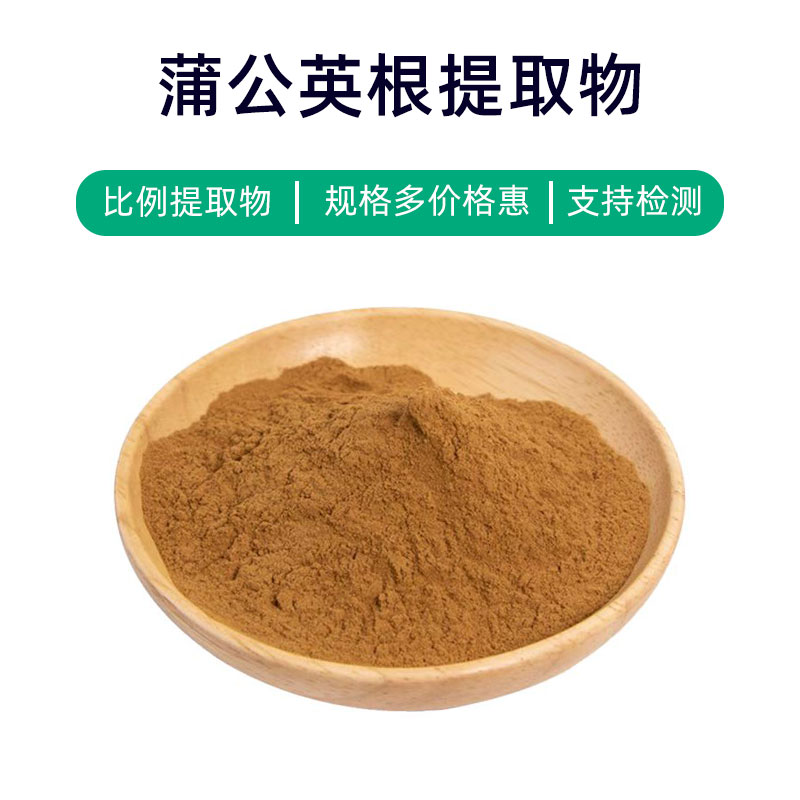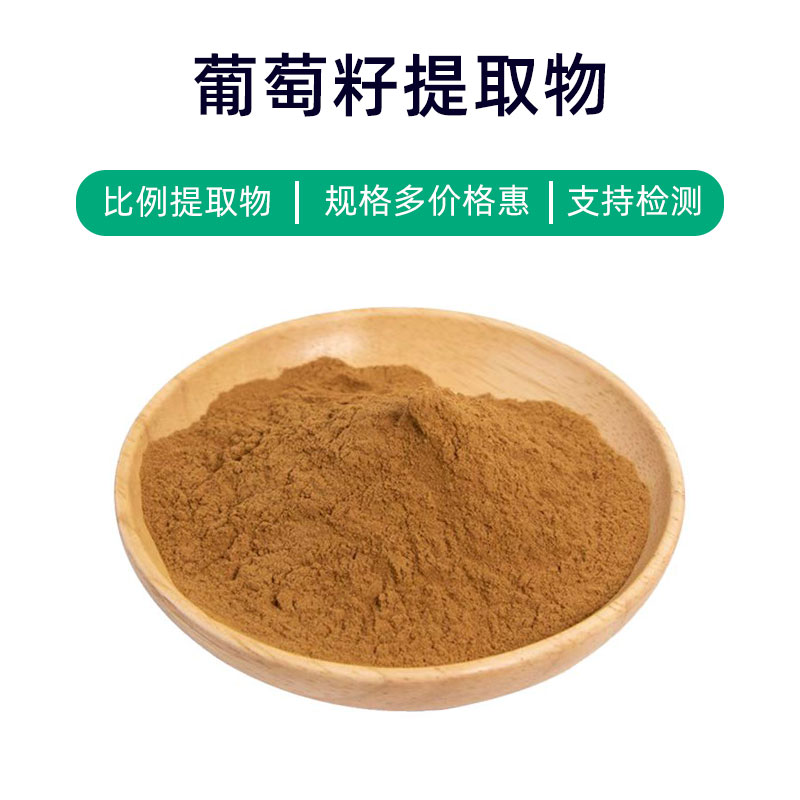Introduction to Agrimonia Extract
Agrimonia extract is a natural plant extract derived from the Agrimonia plant. Its main components include tannins, flavonoids, and volatile oils. Agrimonia extract is widely used in pharmaceuticals, health products, and cosmetics.
Agrimonia extract has various benefits, including antioxidant, anti-inflammatory, hemostatic, and astringent properties. Its antioxidant properties help protect cells from damage by free radicals and slow down the skin aging process. The anti-inflammatory effects can reduce skin inflammation and discomfort, making it beneficial for sensitive skin. Its hemostatic and astringent qualities make it an ideal choice for treating minor skin wounds and inflammation, promoting wound healing and reducing bleeding.
In the pharmaceutical field, Agrimonia extract is often used in topical ointments, patches, and oral formulations to treat skin inflammation, ulcers, and bleeding issues. In health products, it is commonly added to oral liquids, capsules, and tablets to enhance immunity and aid digestion. Within the cosmetics industry, Agrimonia extract is found in facial skincare products, masks, and toners, used to soothe the skin, reduce inflammation, and improve skin texture.
In summary, Agrimonia extract serves as a natural plant extract with multiple benefits, suitable for various pharmaceuticals, health products, and cosmetics, effectively supporting health and beauty.
Production Process of Agrimonia Extract
The production process of Agrimonia extract typically includes the following steps:
- Raw Material Collection: Fresh Agrimonia plants are selected as raw materials, specifically harvesting the roots, stems, leaves, or flowers. The raw materials must be fresh and of good quality.
- Initial Processing: The collected Agrimonia plants are washed and initially processed to remove impurities, dirt, and other contaminants, ensuring cleanliness and safety.
- Extraction Process: Appropriate extraction methods, such as water extraction, alcohol extraction, or supercritical fluid extraction, are used to extract the active components from Agrimonia. Extraction conditions must be controlled under suitable temperature, pressure, and time to ensure optimal results.
- Concentration and Separation: The obtained solution is concentrated by removing excess solvents, resulting in a concentrated Agrimonia extract. Subsequently, separation is performed to eliminate impurities and unwanted components, enhancing product purity and activity.
- Drying: The concentrated solution or separated Agrimonia extract undergoes drying, typically using spray drying, vacuum drying, or freeze-drying methods, transforming it into powder or granular form for later packaging and use.
- Quality Control: Quality testing and analysis of Agrimonia extract are conducted, including component analysis, active ingredient content determination, and microbial testing, ensuring the product meets relevant standards and regulations.
- Packaging and Storage: The finished Agrimonia extract is packaged and labeled using appropriate packaging materials and containers to prevent moisture, spoilage, and contamination. It should be stored in a dry, cool, and ventilated environment, avoiding direct sunlight and high temperatures.
These steps outline a typical production process for Agrimonia extract, where each step must be strictly controlled to ensure product quality and safety.
Effects and Side Effects of Agrimonia Extract
Agrimonia extract is a commonly used herbal extract with various benefits, including:
- Antibacterial and Anti-inflammatory: Agrimonia extract contains rich flavonoids and tannins, exhibiting significant antibacterial and anti-inflammatory effects, suitable for treating skin inflammation, ulcers, and infections.
- Wound Healing: Agrimonia extract promotes wound healing and tissue repair, accelerating the recovery process of skin injuries.
- Antioxidant: Polyphenolic compounds in Agrimonia extract display strong antioxidant properties, eliminating free radicals, slowing cellular aging, and protecting the skin from oxidative damage.
- Anti-inflammatory Pain Relief: Agrimonia extract can inhibit inflammatory responses, alleviating pain and discomfort associated with inflammation, suitable for managing symptoms of itching and pain.
- Skin Protection: The astringent properties of Agrimonia extract can tighten skin pores, regulate sebum secretion, improve oily and rough skin, and promote a fresh and refined complexion.
- Anti-allergic: Effective components in Agrimonia extract can reduce allergic reactions, alleviating symptoms of skin allergies like redness and itching, providing some level of anti-allergic properties.
Side effects of Agrimonia extract are relatively scarce, but some individuals may experience allergic reactions, such as skin redness and itching. It is advisable to conduct a skin sensitivity test before use and avoid contact with known allergens. Additionally, long-term overuse may lead to skin dryness or excessive astringency, necessitating cautious use under medical guidance.
Application Scenarios, Dosage, and Methods for Agrimonia Extract
Agrimonia extract is widely used in medicine, food, and cosmetics. Below are specific dosages, methods, and application scenarios in these three areas:
- In the Medical Field:
- Treatment of Skin Inflammation: Agrimonia extract is commonly used to prepare ointments and creams for treating various skin inflammations, including eczema, dermatitis, and burns. Application involves applying the ointment to the affected area 2-3 times daily until symptoms improve.
- Oral Care: Agrimonia extract is also used in oral care products, like mouthwashes and sprays, for preventing oral inflammation and bad breath. Typically, it is used by rinsing several times a day or spraying on oral mucosa as needed.
- In the Food Industry:
- Beverage Additive: Due to its antioxidant and antibacterial properties, Agrimonia extract can serve as a natural additive in food and beverages to extend shelf life. The use involves adding in proportion based on product recipes, generally not exceeding 0.1% of the total product volume.
- Seasoning: The flavonoids in Agrimonia extract provide a slightly bitter and astringent flavor, suitable for certain bitter beverages or seasonings, involving proportional addition based on recipes, generally not exceeding 0.5% of the total product volume.
- In the Cosmetics Field:
- Skincare Products: Agrimonia extract finds use in skincare products, including creams, lotions, and masks, with astringent, anti-inflammatory, and antioxidant properties, suitable for oily skin, acne-prone skin, and sensitive skin. Usage entails applying an appropriate amount to clean facial skin and gently massaging until absorbed.
- Toners: Agrimonia extract can also be included in toners, providing pore-tightening and skin-soothing effects, suitable for acne-prone and enlarged pore skin types. Usage involves pouring toner onto a cotton pad and gently tapping it onto the face until absorbed.
Dosages and application methods of Agrimonia extract may vary across different fields, so it is essential to follow product guidelines or medical advice. Additionally, due to individual differences and varying product formulations, it is recommended to conduct a skin sensitivity test prior to use to prevent adverse reactions.
Overview of the Source Plant, Distribution, and Growth Environment of Agrimonia
Agrimonia (scientific name: Sanguisorba officinalis L.) is a perennial herb belonging to the rose family, with significant medicinal and edible value. Below is an overview of the source plant, distribution, and growth environment of Agrimonia.
- Source Plant:
Agrimonia is a wild herb that typically grows in mountainous meadows, forest edges, riverbank wetlands, and roadside grasslands. Its stems are erect, about 30-80 cm tall, and its leaves are compound, feather-like, with long, slender petioles. - Distribution:
Agrimonia is mainly distributed across Asia, Europe, and North America, widely found in Northeast, North, Northwest, and East China, with particular prevalence in mountainous, plain, and wetland areas. In China, the primary regions where Agrimonia grows include Heilongjiang, Jilin, Liaoning, Hebei, Shanxi, Shaanxi, Gansu, and Qinghai. - Growth Environment:
Agrimonia thrives in humid environments, typically found in mountainous meadows, riverbank wetlands, and roadside grasslands at altitudes between 500-2000 meters. It has strong soil adaptability, growing well in loose, fertile, and well-drained soil, but is less tolerant of acidic and saline-alkaline soils.
In suitable growing conditions, Agrimonia flourishes, with a blooming period usually in summer, displaying flowers in red or pink, valued for their ornamental qualities. The rhizome parts of Agrimonia possess medicinal value and are widely utilized in traditional Chinese medicine, food additives, and health products.
Processing and Storage of Agrimonia Extract
The processing of Agrimonia extract typically includes the following steps: First, fresh Agrimonia plants are collected, followed by washing and chopping, then grinding, soaking, filtering, and concentrating processes. Finally, the extract is dried and pulverized to obtain Agrimonia extract. To ensure product quality and stability, Agrimonia extract should be stored in a dry, cool, light-protected environment, avoiding direct sunlight and humidity, and should be sealed to prevent air and moisture intrusion, thus extending its shelf life.
Monica Sun is a seasoned expert in the plant extraction industry with over a decade of experience in research and production. She specializes in the extraction and purification of plant active ingredients, focusing on driving innovation in natural product applications. Monica has participated in the development of multiple functional plant extracts, delivering high-value natural raw material solutions for the health food, pharmaceutical, and dietary supplement sectors.









